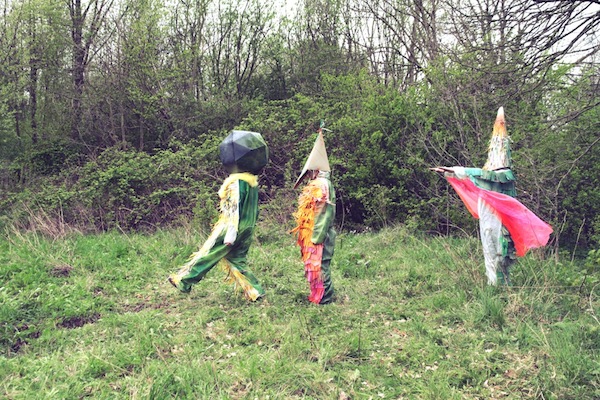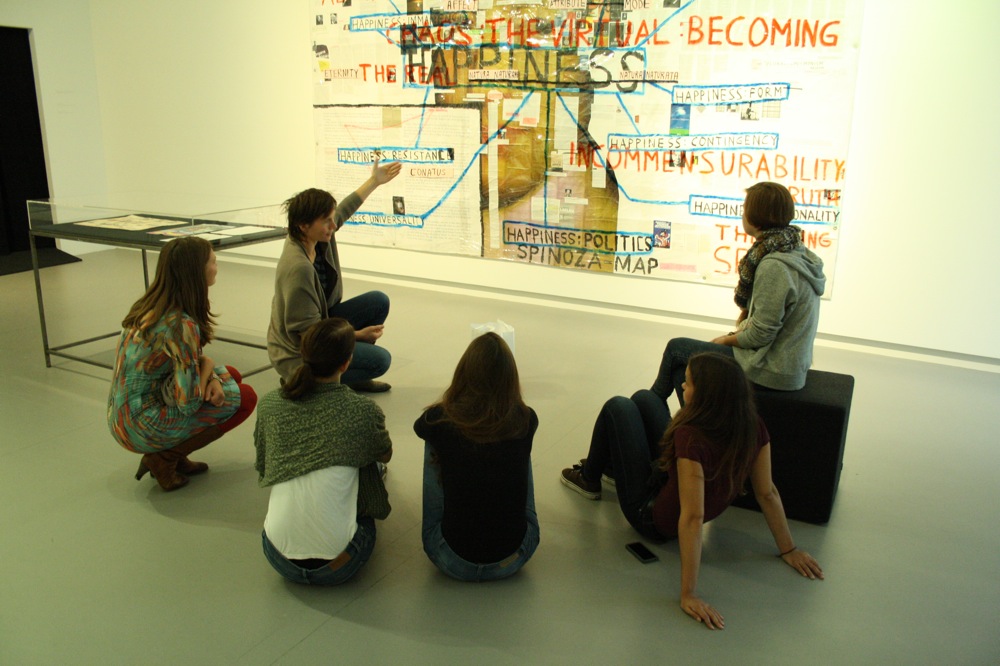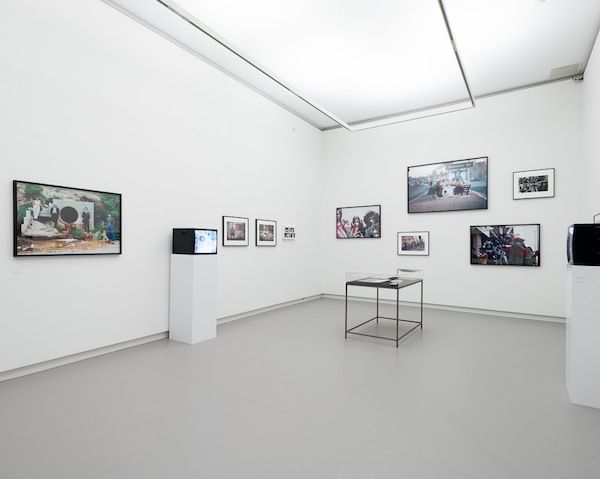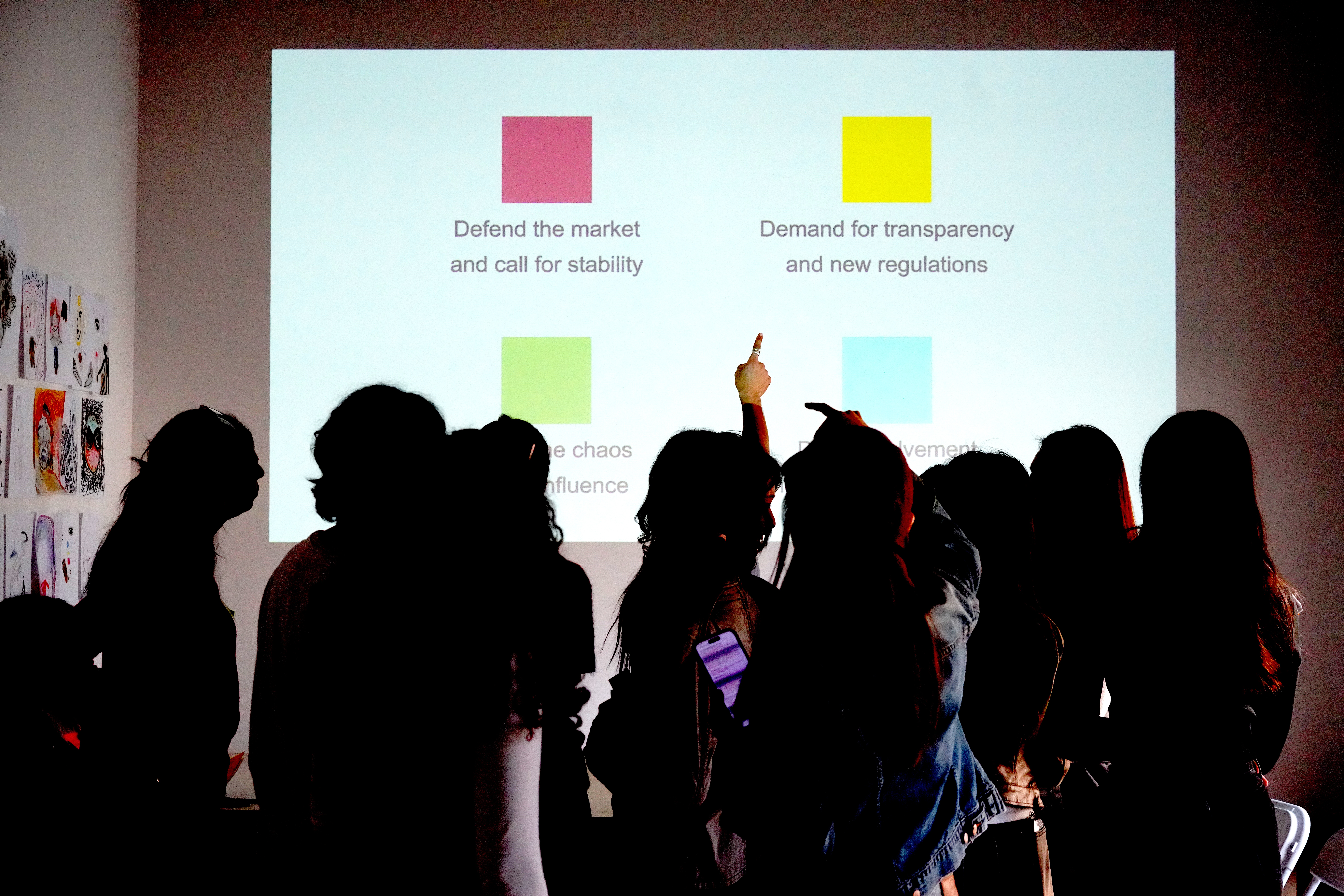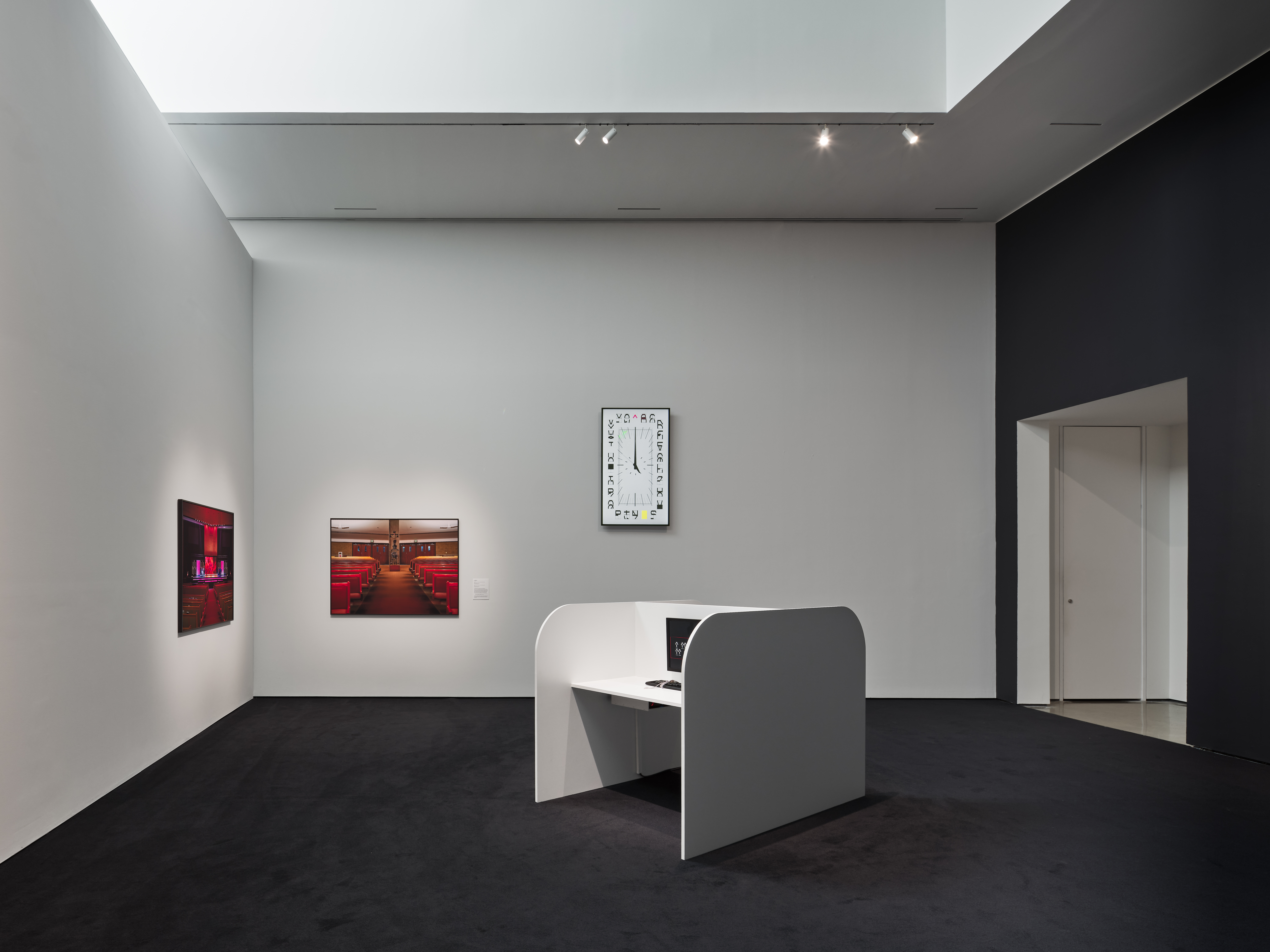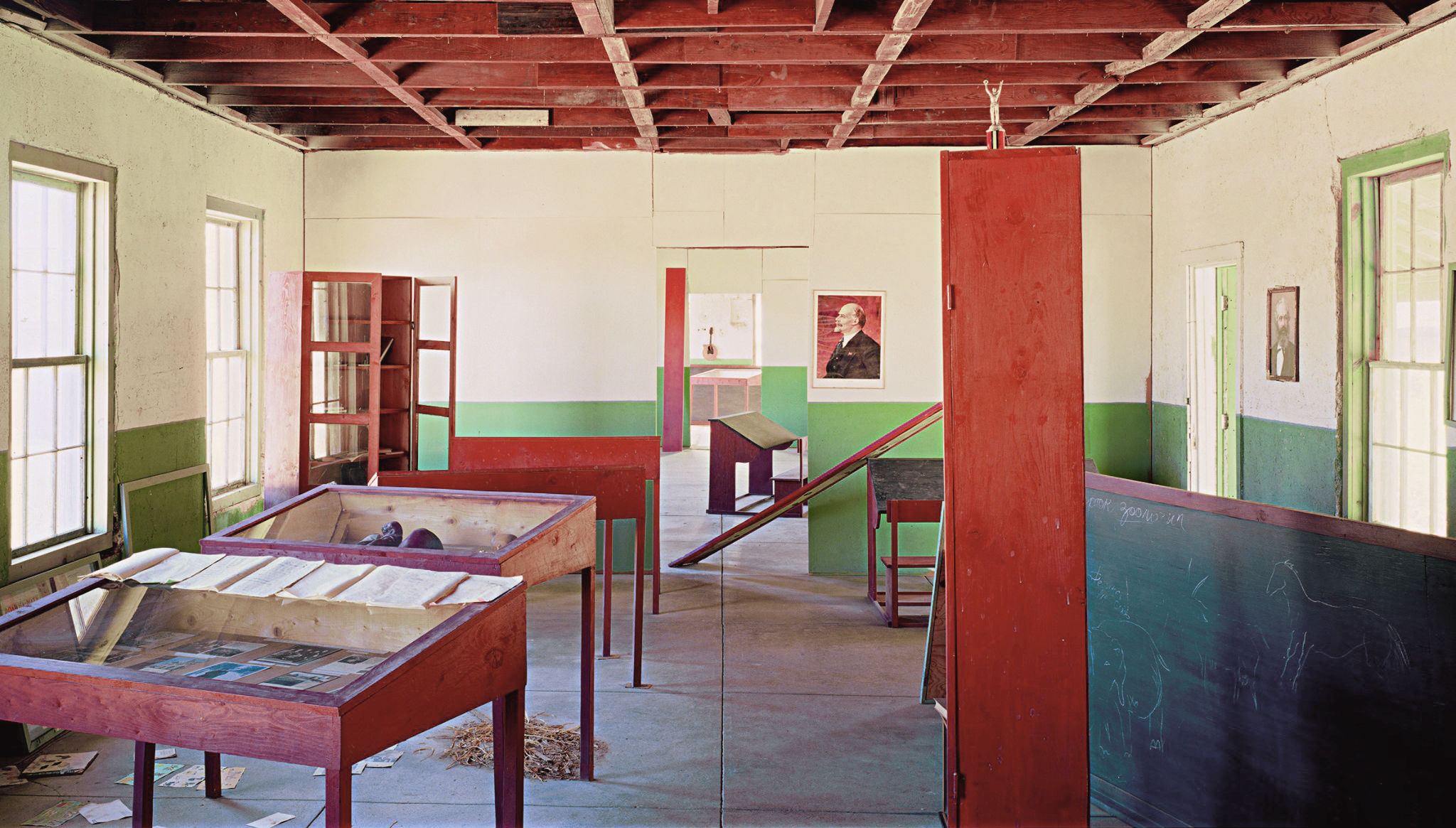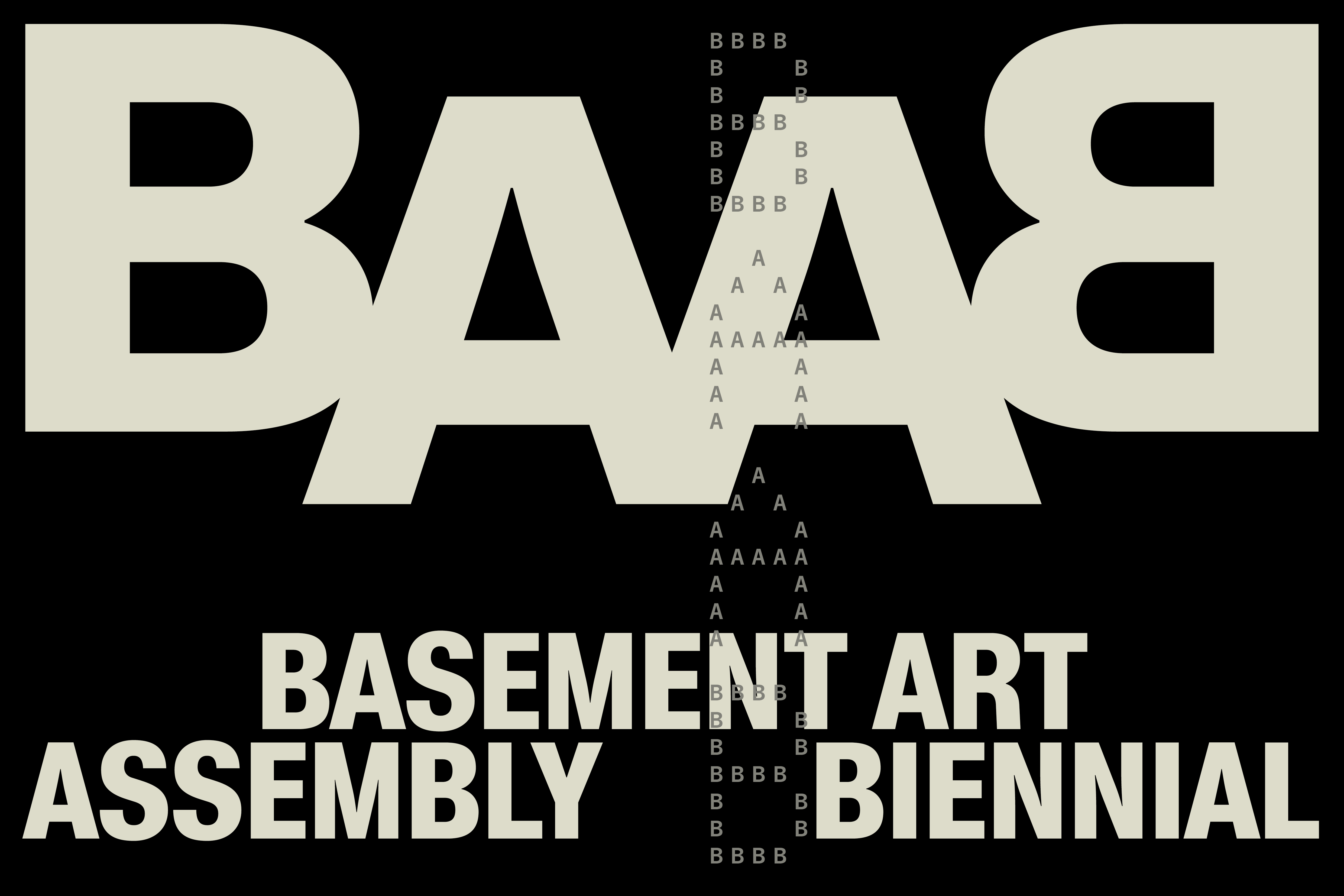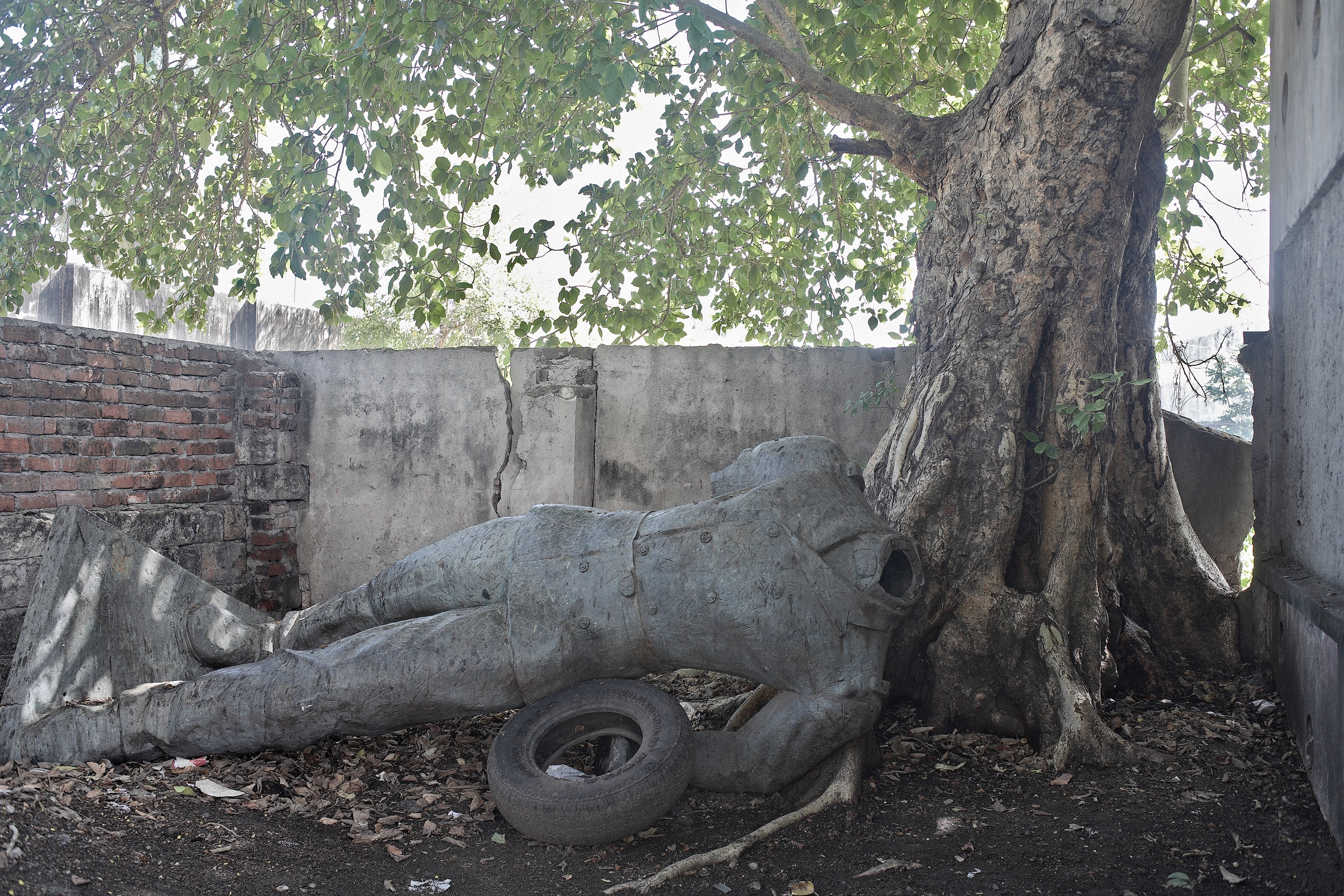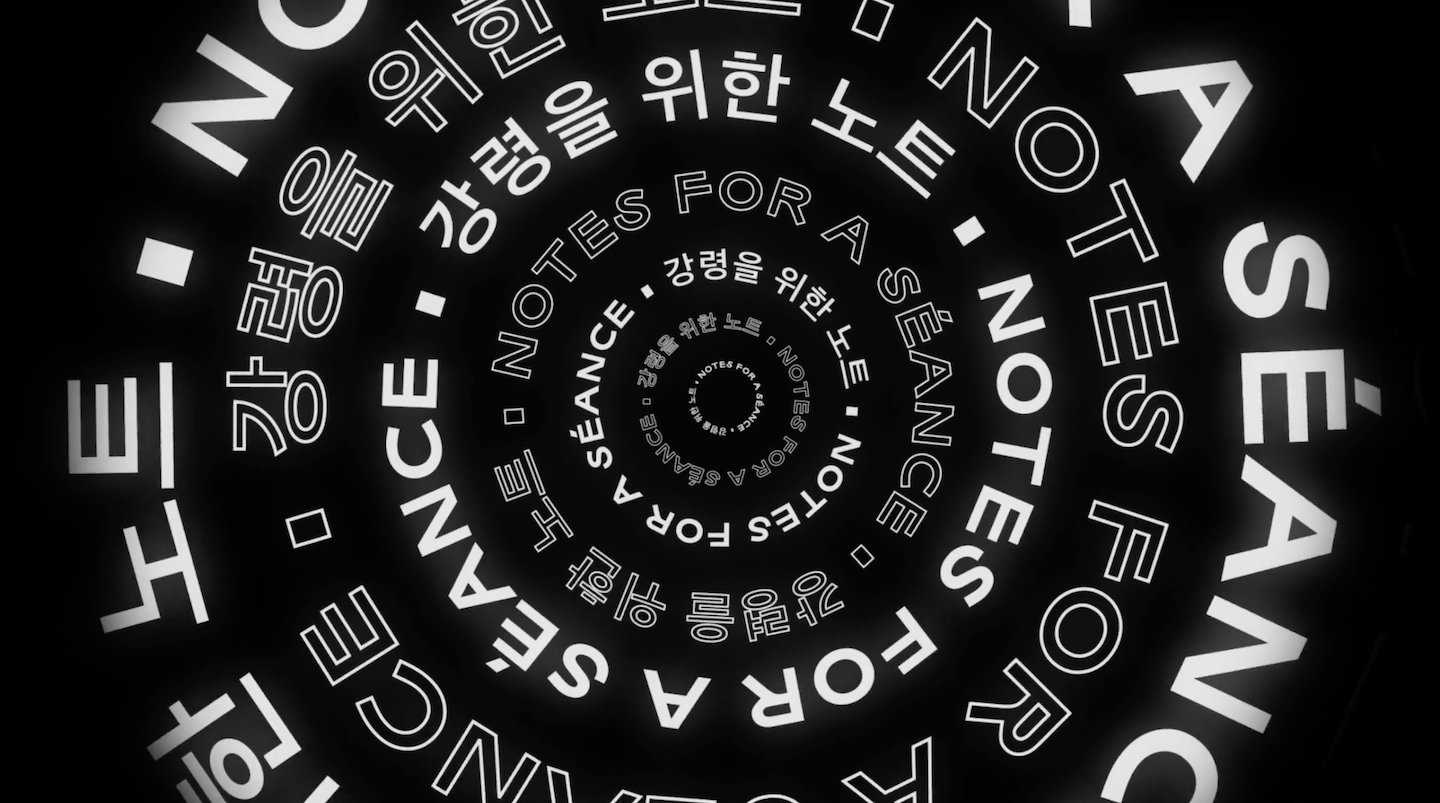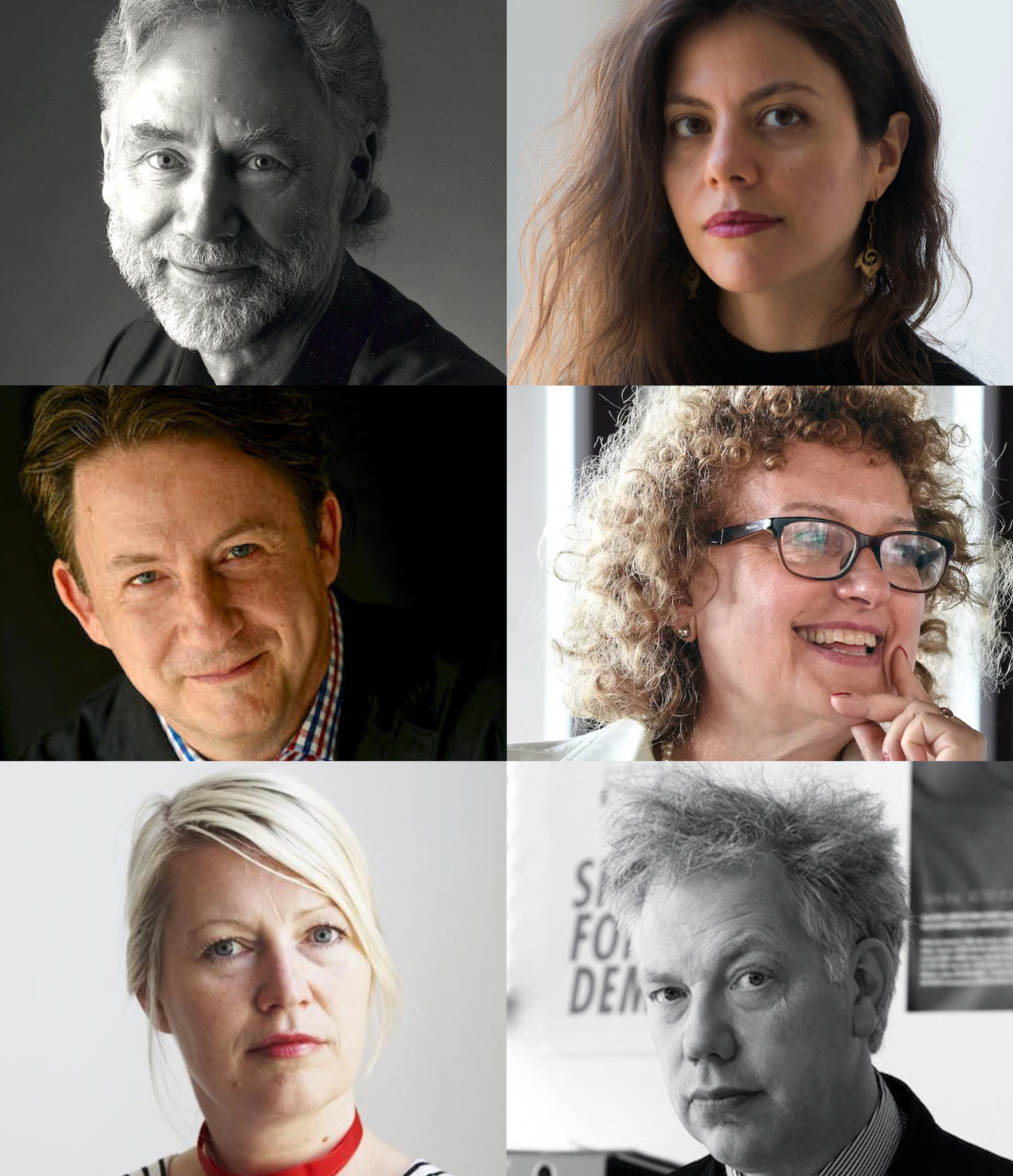http://www.deappel.nl/
Focusing on what Ann Demeester identifies as the “transdisciplinary” nature of curating, the former Director of the de Appel Arts Centre and Curatorial Programme [footnote As of June 2, 2014, Lorenzo Benedetti will assume the role of Director of the de Appel Arts Centre.] discusses the importance of the program's roster of tutors and guest lecturers who specialize in their respective fields as artists, urban planners, philosophers, critics, and curators, to name a few, with entrance granted by a rotating jury of esteemed arts professionals. Not unlike other programs of its kind, de Appel’s framework proposes the tools for establishing a theoretical and conceptual basis while also instructing on practical matters of exhibition management. Yet, within the ever-growing field of curatorial education, de Appel’s program stands apart as being among the few programs that are run by an entity whose focus is exhibitions, rather than academia. It is from this position that freelance vs. institutional curating, responsive contextualization of culture and other problematics that are of particular urgency to the scope of curating today can find their unique avenue for exploration.
Here, Natasha Ginwala is also in conversation with Antonia Alampi, a recent participant in the de Appel Curatorial Programme and Annie Fletcher, a current tutor and former participant there.
Ann Demeester: Cohesive Approaches in the Transdisciplinary Field
NG: Could we briefly revisit the history of this program in relation to de Appel’s role in the curatorial field at large?
AD: When Saskia Bos developed the Curatorial Training Programme at de Appel in 1994, she was responding to the fact that most art historians at the time didn’t really have the chance to develop conceptual skills to work with living artists, nor the managerial or logistical skills to develop projects and exhibitions. At that time there were only four other programs for curatorial education, but now we cannot even keep track since there are so many varieties—Masters degrees, PhDs, research and practice-based programs. However, there are still only two curatorial programs attached to a Kunsthalle.
When I became director of de Appel I was initially skeptical about curatorial programs in general because of the same questions a lot of us remain troubled with: ‘Can Curating be taught?’ Just like ‘can Art be taught?’ This is a rhetorical question in a way. I’m from a generation of people who have participated in curatorial programs and I haven’t. But I also joined de Appel because it has this double profile. It is interesting that there is a little motor feeding indirectly into the institution, which a ‘regular‘ Kunsthalle would not have.
What I did initially was organize a closed expert meeting with people who were teaching or directing curatorial programs as well as colleagues who have maintained an interest in curatorial studies. We spent two days discussing the future of curatorial education, potential focus areas and existing models. One of the conclusions is still valid: namely that there is no real vocabulary for how the teaching and learning of curating takes place. What we know is that in most post-academic programs such as ours, the basic knowledge transfer is informal—it is about dialogue and a kind of Socratic exchange. The experiment inspired us to start a series of theoretical publications realized in collaboration with Paul O’Neill and to take ‘context-responsive’ curating as a departure point for the CP. This notion continues to be expressed as ‘curating in the expanded field,’ which implies that you don't actually curate within an institution but within a larger field. This does not necessarily mean curating in public space; rather, it involves a practice of responding to present realities beyond the arts institution—extending to social, economical and political urgencies.
NG: From our previous conversations I'm interested in your readings of The Philosophy of ‘As If' as a curatorial working methodology as well as the role of ‘the Amateur,’ which you once explored in an exhibition at de Appel—How does this resonate with current debates on curatorial professionalism?
AD: I’m personally interested in the role of speculation and intuition within curatorial practice. While these factors shouldn’t be limitlessly permitted, how might we allow for intuition while also counter-balancing it with information, knowledge, and theory? Knowing that any sensibility you develop within the artistic field is never purely theoretical or analytical. Curators are public intellectuals avant la lettre but curating is always part ‘emotional labor,’ as Wayne Modest puts it.
This is why I’m so interested in the philosopher Vaihinger, because (through The Philosophy of ‘As If’) he states that we acquire knowledge through mechanisms of fiction. It is not oppositional—it’s not like the objective method of acquiring knowledge remains separate from the irrational realm of the imagination (or fiction). No. Fiction allows us to acquire knowledge and develop criticality. I do feel this should be part of the thinking for any curatorial program.
We can do everything to professionalize curators on an operational level but then we have to allow for people to be amateurs, in the sense of being truly passionate—and this does not always involve being professional. It is also about the ability to do wild and unimaginable things that you cannot actually verbalize, analyze or even completely realize. There is a very beautiful word in Dutch, which stands for the amateur, but I’m not sure how to translate it. It is Liefhebber, which means one who loves a certain activity. Amateur also always has a connotation of failure in light of the professional but Liefhebber doesn’t, since it excludes such binary thinking.
NG: Does this program fulfill the demands of 'freelance' curating?
AD: Our playing field, like for any curatorial program, is the institutional as well as the freelance world, curating in the non-profit field. I do think we need to pay more attention to the practical side of so-called independent curating. For instance: how do you prepare your work contract? How do you pitch your projects within wider networks? We pay attention to varied forms of curatorial practice but these tough practicalities you face when you go out into the world alone need closer attention.
In de Appel’s Gallerist program we are already dealing more intensively with some of the practical aspects of the art business alongside more ‘curatorial’ encounters and workshops.
NG: And how do you envision the Curatorial Programme unfolding in the near future?
AD: In the upcoming year we are going to have another round of expert meetings and talktanks to explore an adjusted focus for the program. A curatorial program that wants to stay relevant needs to adjust every couple of years. What seems interesting to me, as a potential area to explore, is the notion of curating the audience. Rather than dealing with the audience in terms of numbers, target groups or through an obsessive interest in participation and interaction, curators need to think about cohesive approaches and thought models as ways of connecting with an audience. I was delighted to hear that colleagues such as Kate Fowle and Ruth Noack expressed such concerns in a recent panel we had at the Stedelijk.
On a more practical and immediate level we want to increase the number of tutors who are outside of the contemporary art world. We have architect Floris Alkemade on board, but I’m thinking why not also involve anthropologists, theater makers, yoga specialists, choreographers …. Not for the artificial sake of including ‘experts’ from other fields but to allow for a people-centered approach and also to rejuvenate curatorial discourse as a truly transdisciplinary field.
Earlier this year, we released The Shadow Files #3: Curatorial Education. This involves a behind-the-scenes view of de Appel’s Curatorial Programme. It doesn’t pretend to be a comprehensive volume on curatorial education but rather is from our perspective, including testimonies from former participants as well as invited essays and questionnaires from a range of peers who are invested in curatorial pedagogy. This journal is our starting point for an exploration of a fresh trajectory of investigations.
Antonia Alampi: Collectivity and Autonomy
NG: To start off, I’d like to know what made you choose this program among the several available options in curatorial education at post-graduate and PhD levels?
AA: What mostly marks the difference between de Appel’s Curatorial Programme and other such programs is its size and intensity; its focus on the group of participants—only six people—coming from all over the world, carefully selected for the diversity of their experiences, including the nature of their curatorial positions and the visions they uphold. It’s almost an ongoing social experiment, as you share all your time together, seven days a week over nine months, finally arriving at a co-curated project in the end. I think the program’s focus is not on ‘learning’ in an academic sense—in fact participants generally already hold post-graduate degrees—but of ‘thinking with’ (as a friend defined it) ‘others’ (participants, tutors, etc.) all of the time and in an informal group setting.
NG: Could you tell us more about your experience in the program and your collective project "Three Artists Walk into a Bar…"?
AA: We were a very close-knit group that decided early on to define itself as a collective—The Black Swan—which also allowed for a metaphorical distance from the history of the program as well as an identity beyond being part of the CP. As such, we tried to make every decision collectively, something that led us to spend an incredible amount of time debating. A difficult but significant situation was when we jointly wrote a press release!
Our project "Three Artists Walk into a Bar…" stemmed from similar premises of collectivity and autonomy, deeply related to the socio-political moment we were experiencing in the Netherlands and worldwide. It was a massive event-based and interventionist show, unfolding throughout the course of a month, involving more than 90 artists, all peers involved in some sort of institutional study in the Netherlands, and with works virally spread across 54 spatial (parks, bars, parking lots, football clubs, squares, supermarkets, etc.) and ephemeral locations (public telephones, internet, radio programs, television, newspapers, etc). The project was extremely risky, a real challenge, something we could realize only in the 'here and now' of that moment, between studying and the flow of a professional career, while being related to but also distanced from the institution itself.
NG: How has your practice developed since you completed the Curatorial Programme last year? Are there already indications of the program's impact on your present research interests and exhibition-making?
AA: I am currently associate curator at Beirut, an institution based in Cairo, where the work ethics have affinities to the structure of de Appel’s Curatorial Programme. We are a small team, working in a very non-hierarchical and collective manner. We also live together, and the artists, curators, writers, and thinkers we invite as part of our program share the living space with us. Much like at de Appel, we tend to conceptualize the space at Beirut as a catalyst for different voices and social sentiments to meet and operate in a multi-disciplinary way.
Annie Fletcher: Thinking In and With Space
NG: How may a curatorial program such as de Appel’s foster collaborative practices and collective ethics?
AF: Given the time frame of the course, the relatively small number of students and the conditions of creating a highly visible event, collaboration is almost the only course of study—I think this very pragmatic element of the program is one of its most consistent tenets.
NG: As a tutor your segment includes critical discussions with the participants on precarity, professionalism and self-organization in the curatorial field. Could you elaborate on this?
AF: The roles and ideologies that structure the profession itself are certainly discussed critically, but often a reading of the role gets left behind in the rush for participants to generate the final product or outcome—in this way there is quite a lot of implicit pressure to remain within a very precise and efficient professional role, so the program is really more of an apprenticeship than anything else. Any critical reading really only comes about if the participants wish it, so it can also just as easily be ignored.
NG: Is there an 'essential' research toolkit for contemporary curators? And does de Appel’s Curatorial Programme provide this?
AF: To some extent yes, though I would say there are many different types of curating. This program models the curator as someone who is well-networked, willing to travel extensively, flexible and highly efficient, working at least 80 hours a week, if not more. This person can easily move between production fundraising and discussing or analyzing art practices. There is also an element of providing a public face for one’s exhibition and for the host institution. In all of these elements, de Appel provides examples and opportunities to ‘practice’ this role.
One aspect that any practice-based curatorial program can give and that seems to be lacking more and more is training and experience in thinking ‘with and in space’—the spatial encounter of art in relation to the viewer appears to me to be a significant and distinct element of curating. It is also something that can be lost in the rush for visibility and conceptual framing of watertight concepts.
In operation for nearly two decades, the Curatorial Programme of de Appel Arts Centre established itself early on as a model for education in the field of exhibition-making. In its current structure (in place since 2006), the program consists of tutorials and workshops accompanied by course reading and writing assignments, as well as a single, final project, to which all participants contribute. The curriculum requires a ten-month residency in de Appel’s home of Amsterdam, and is punctuated by field trips within Western Europe as well as one extended trip to a distant geopolitical site.
As of June 2, 2014, Lorenzo Benedetti will assume the role of Director of the de Appel Arts Centre.
